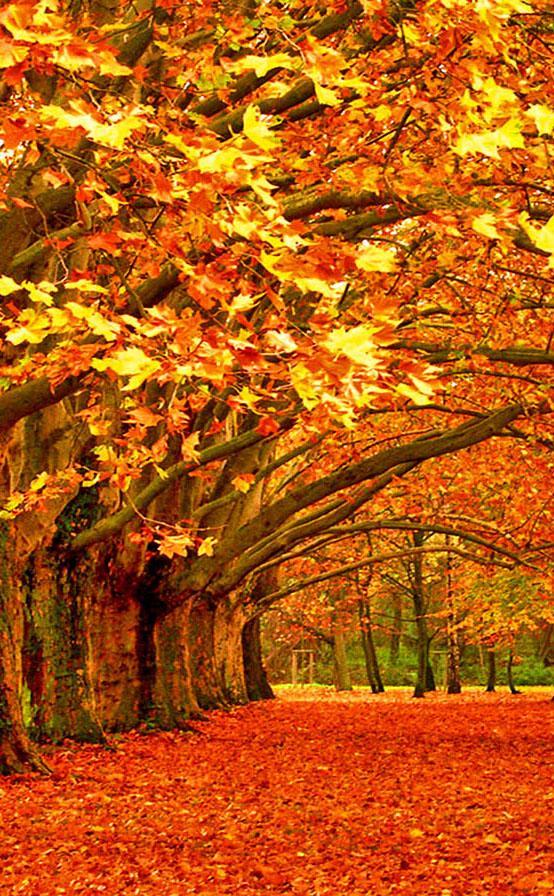Autumn is one of the four seasons of the year that begins with the Autumn Equinox and ends with the Winter Solstice—known to some as the romantic season.
Get The Amazing Autumn coloring pages on this page. Chose your favorites then color them as you like. Happy coloring.
Autumn Coloring Pages Printable
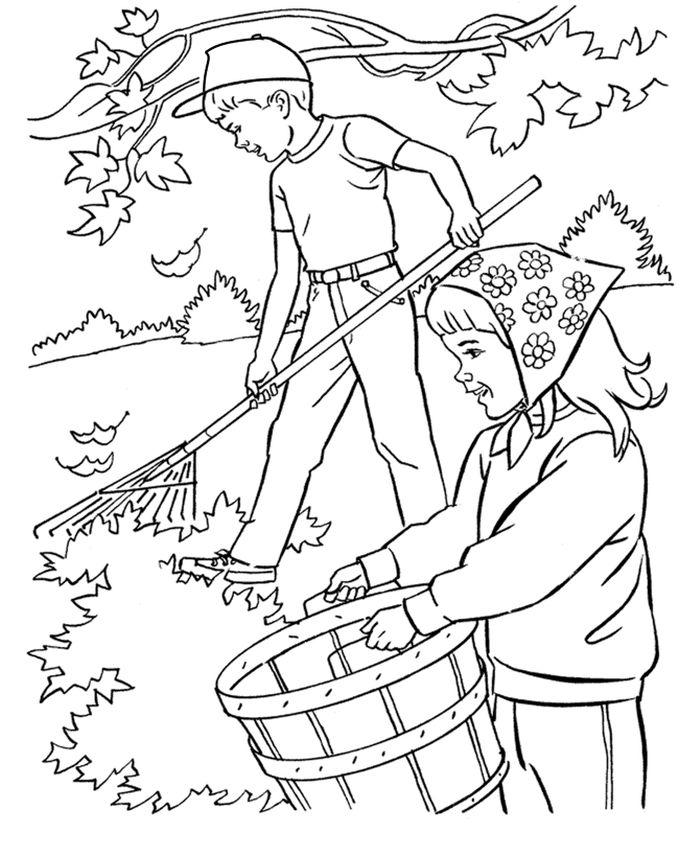


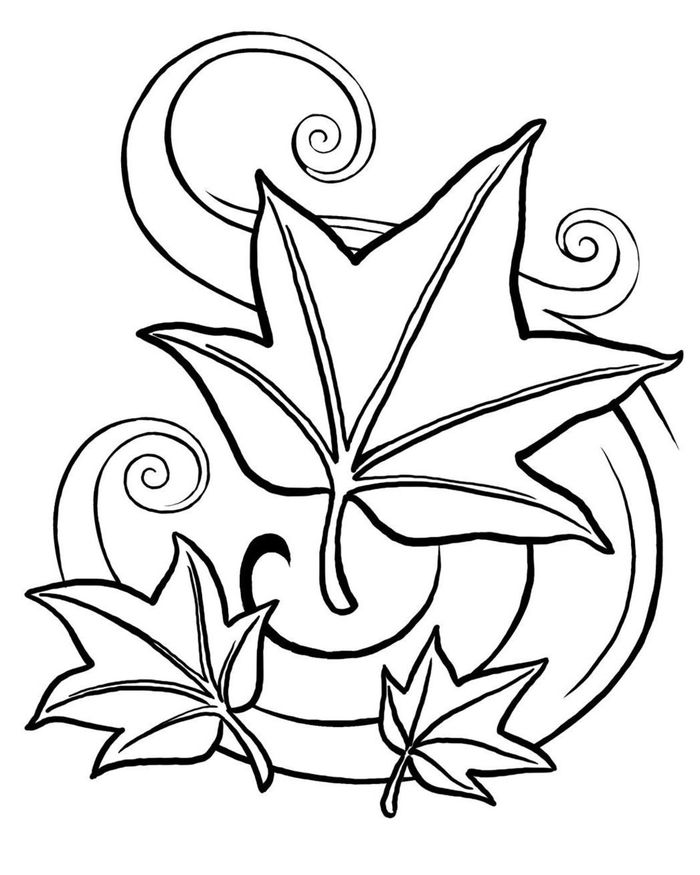
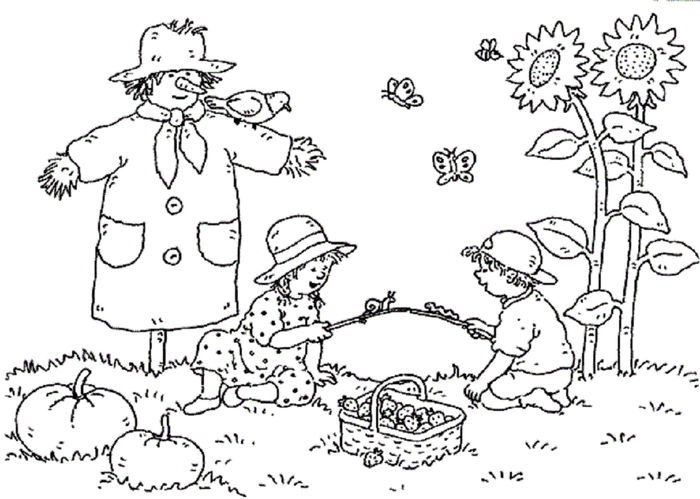

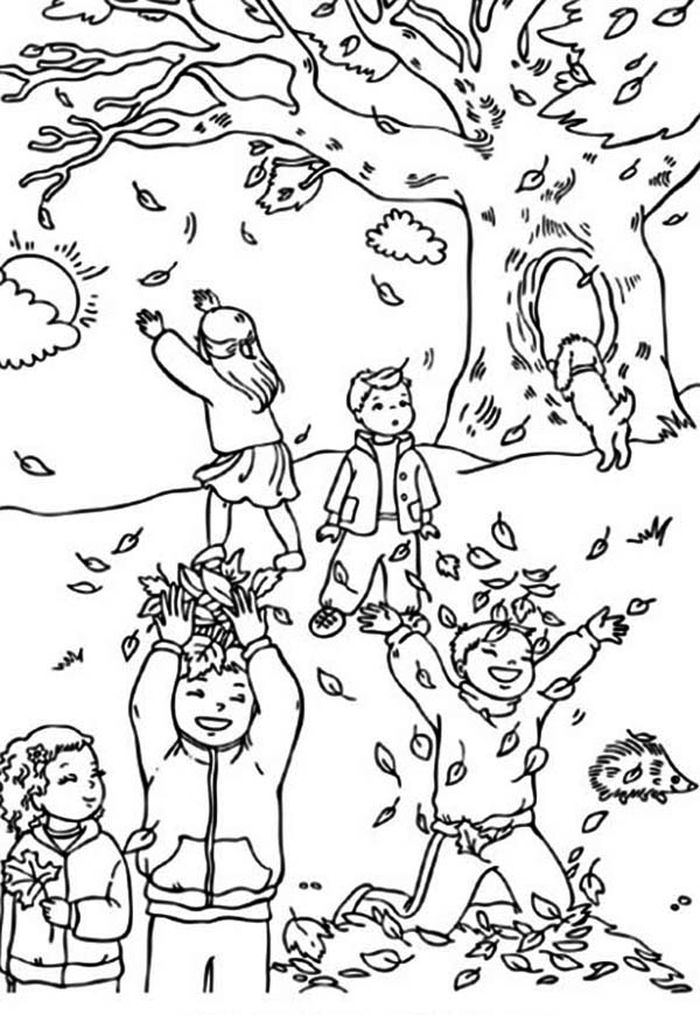

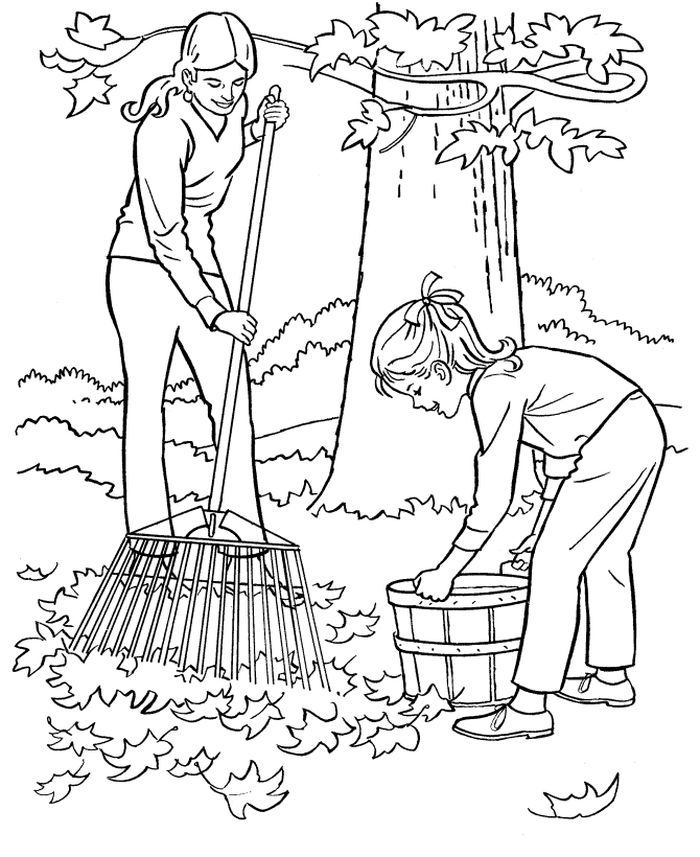

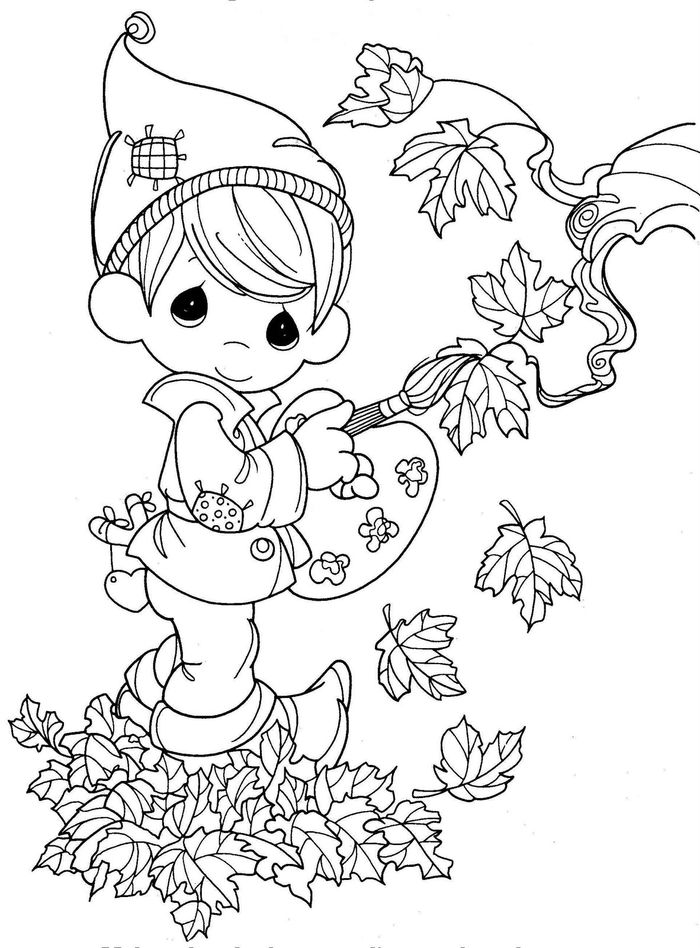

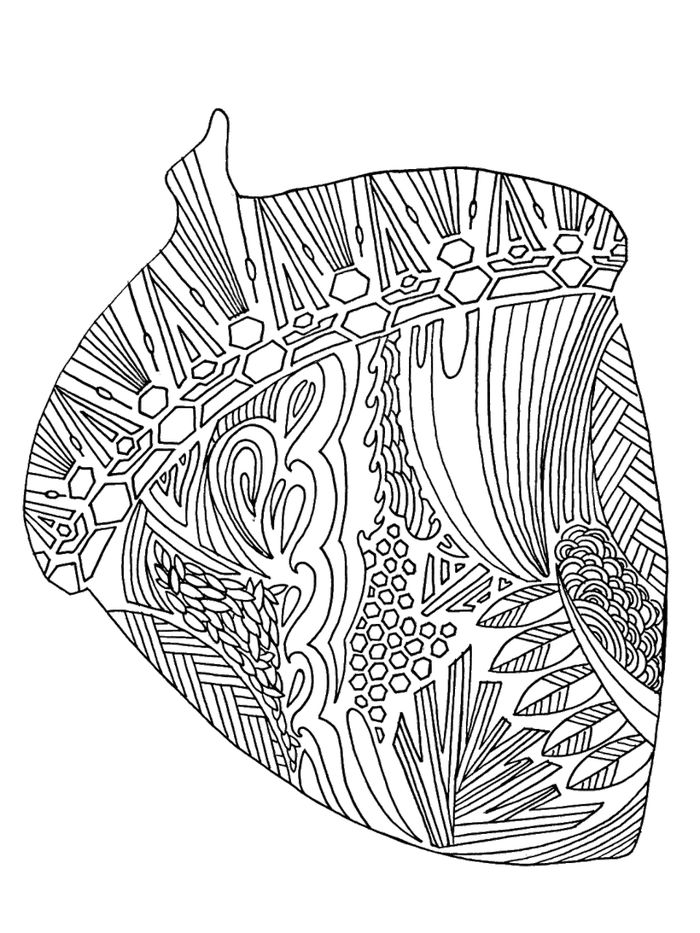
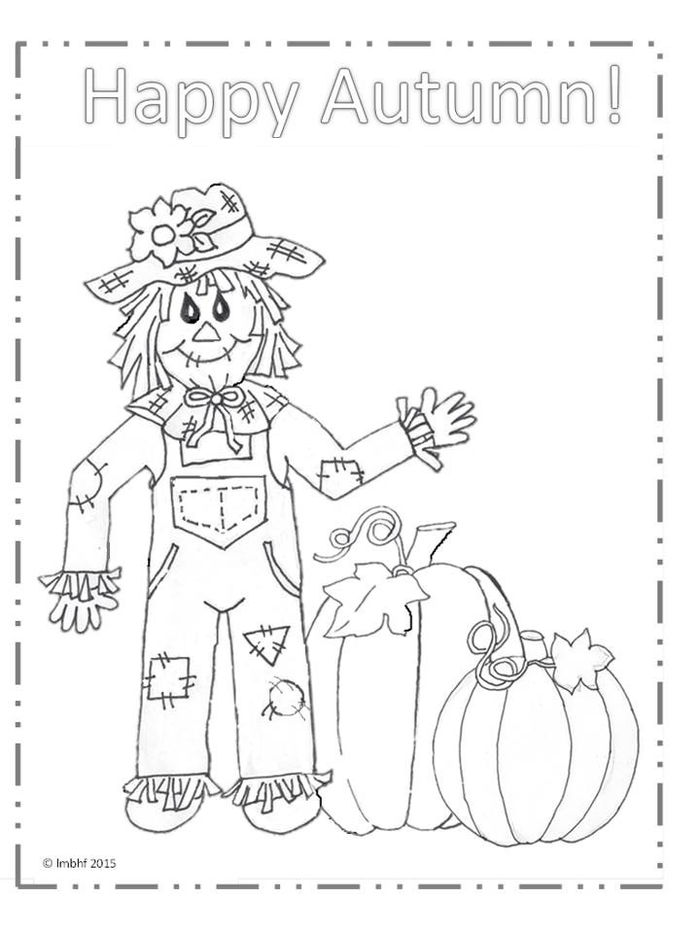

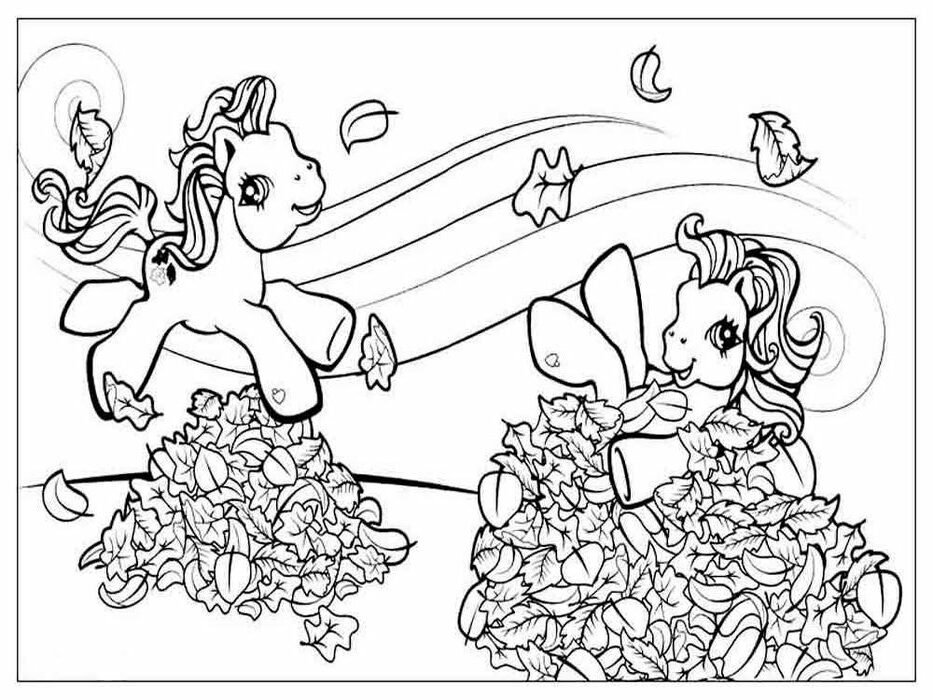
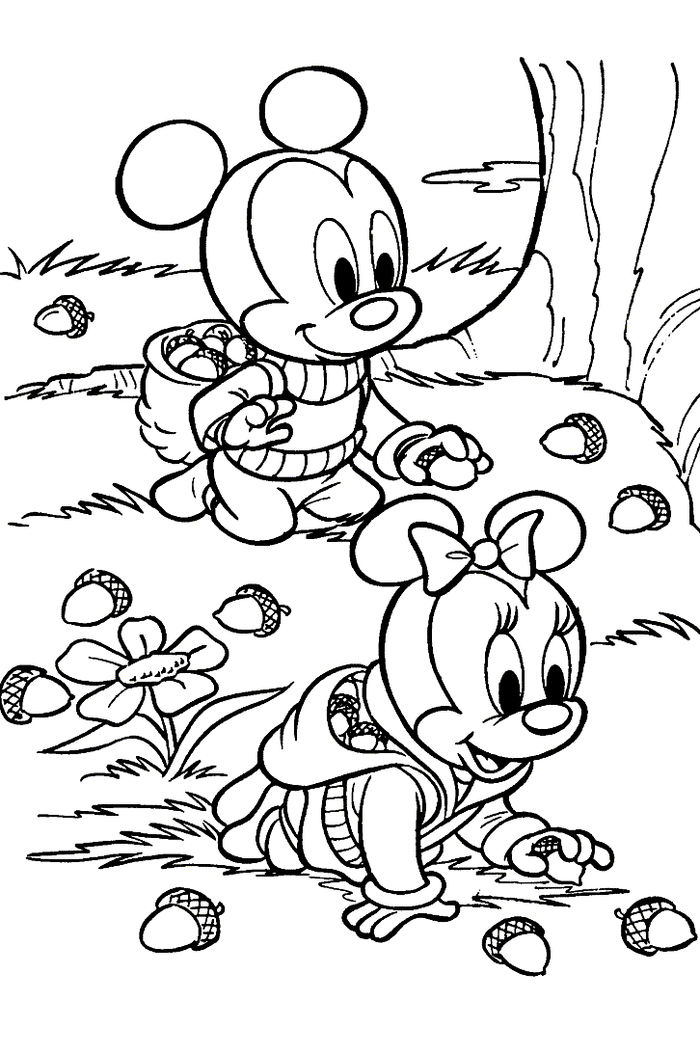
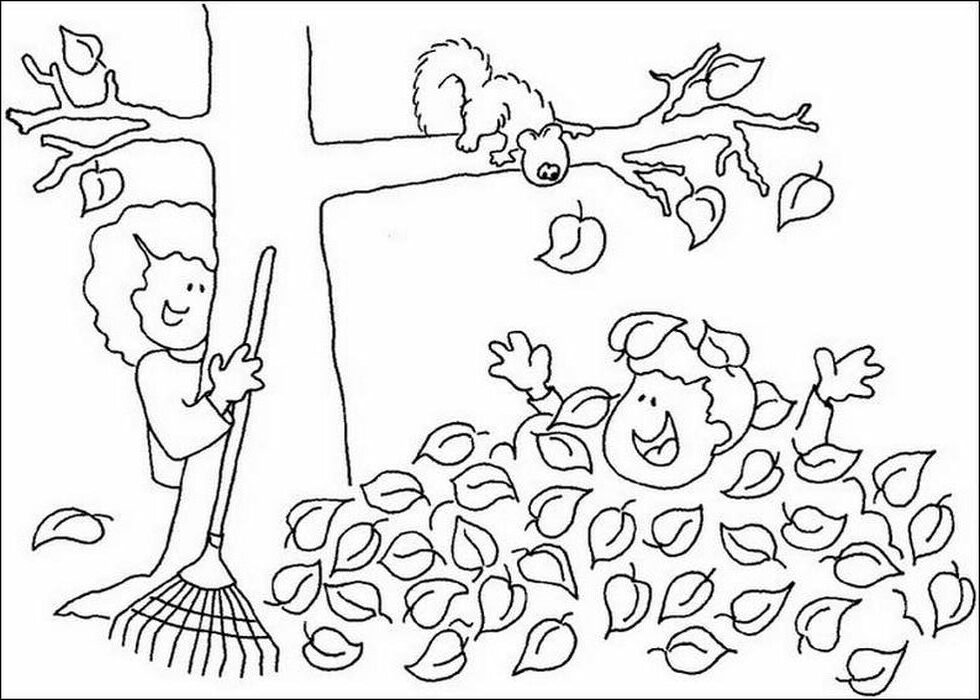
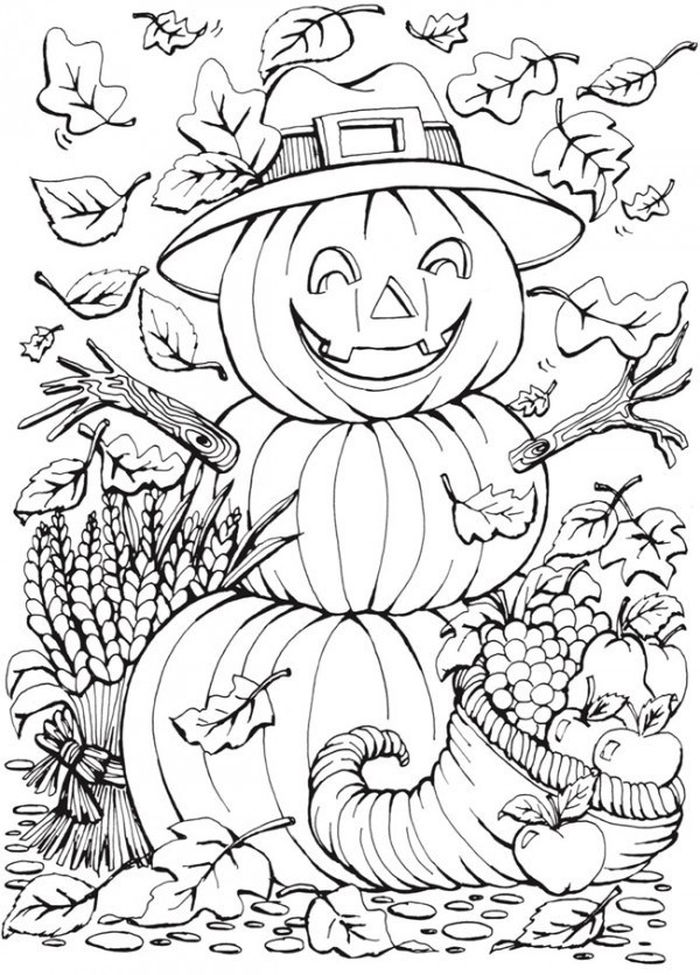
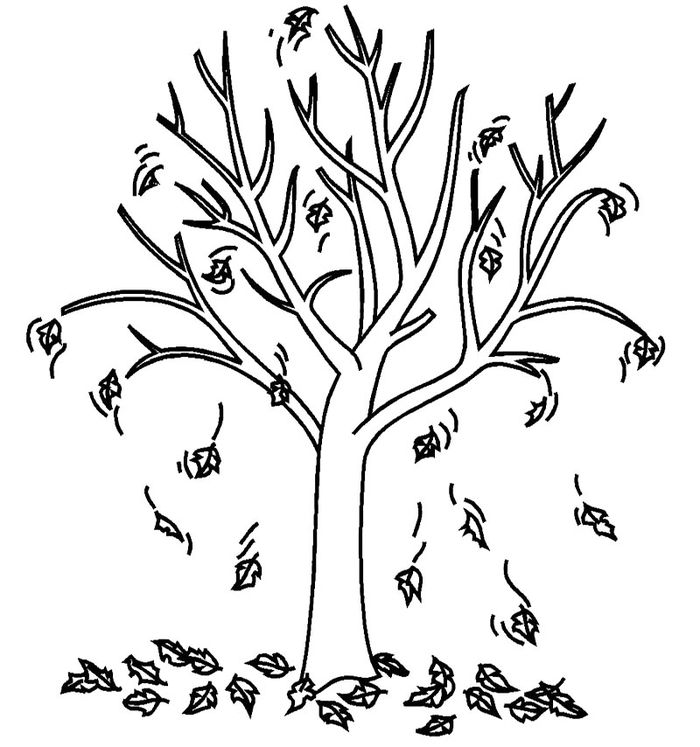
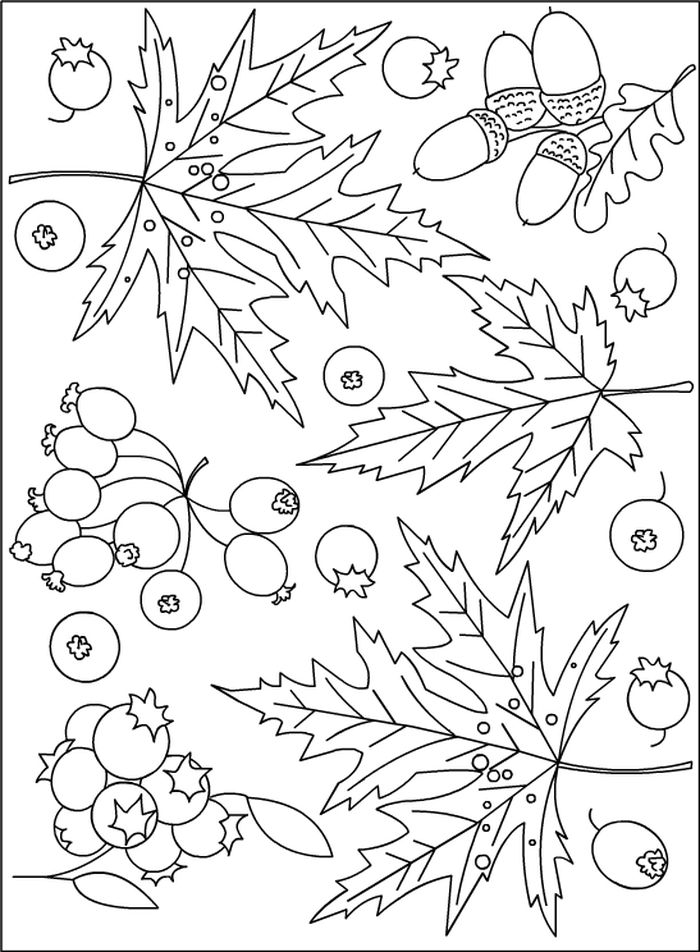
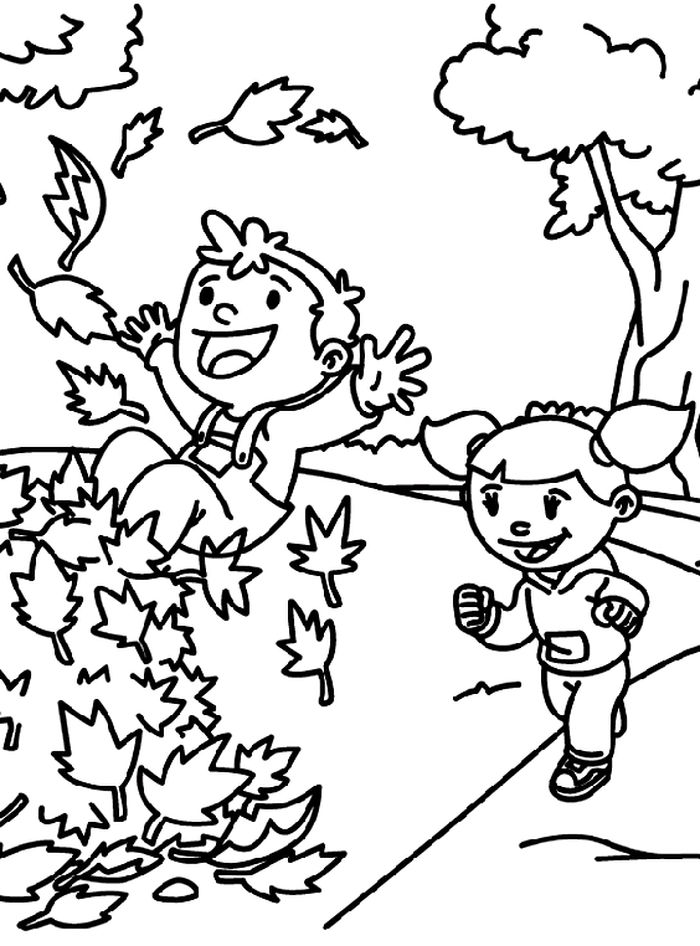
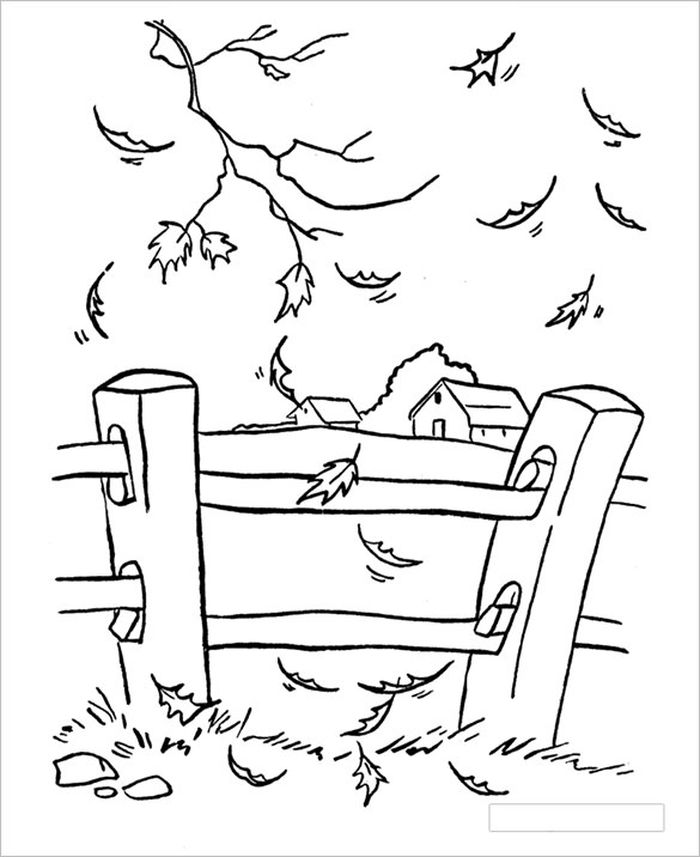

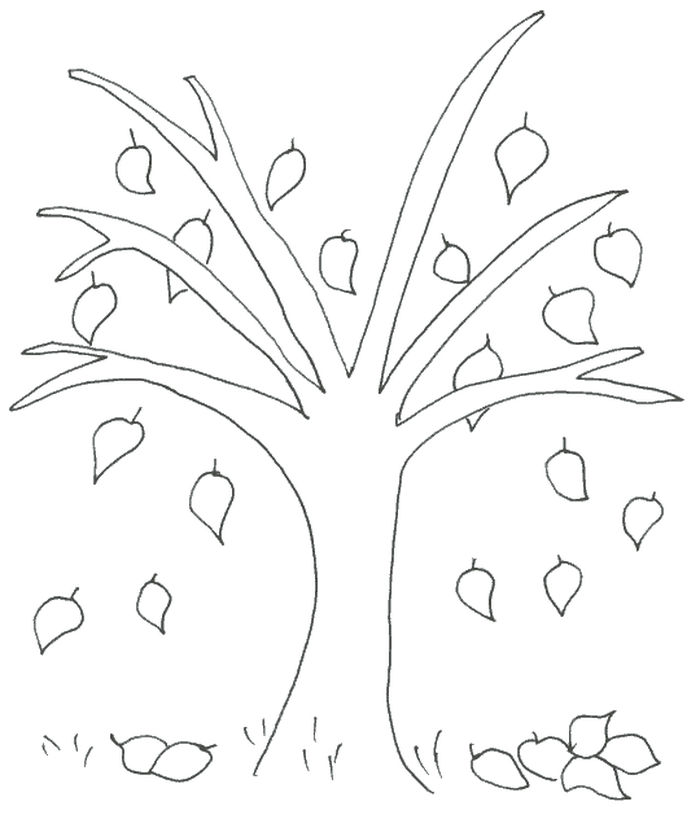
After all this complication of words, it would mean that the fullness of the year arrives, perhaps it comes from observing that the vegetation is already at the end of its cycle.
It is also often said comparatively, that when people reach maturity, they are in the autumn of their lives, that they are at the peak of life.
Autumn Coloring Pages Printable

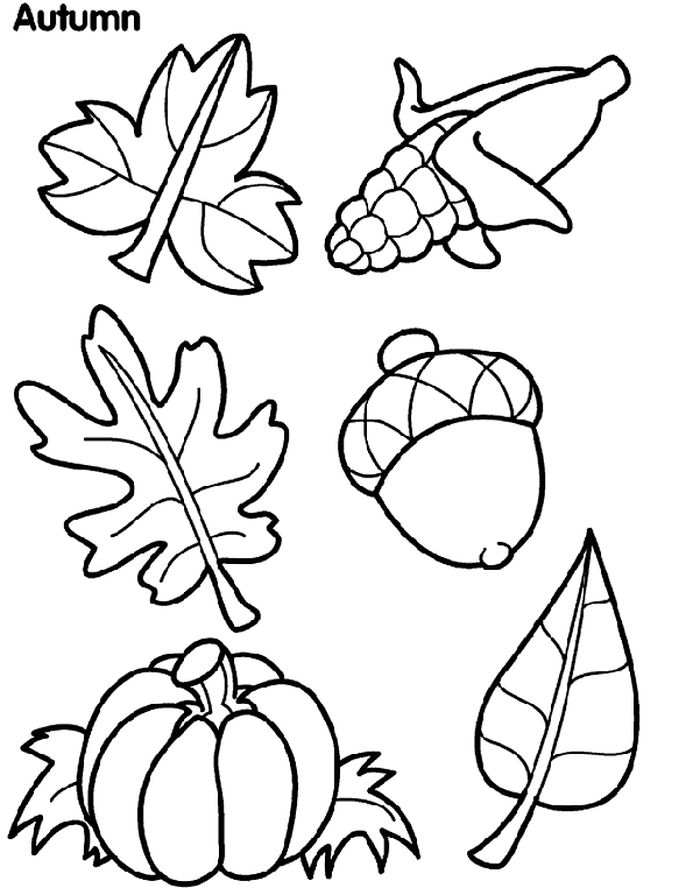

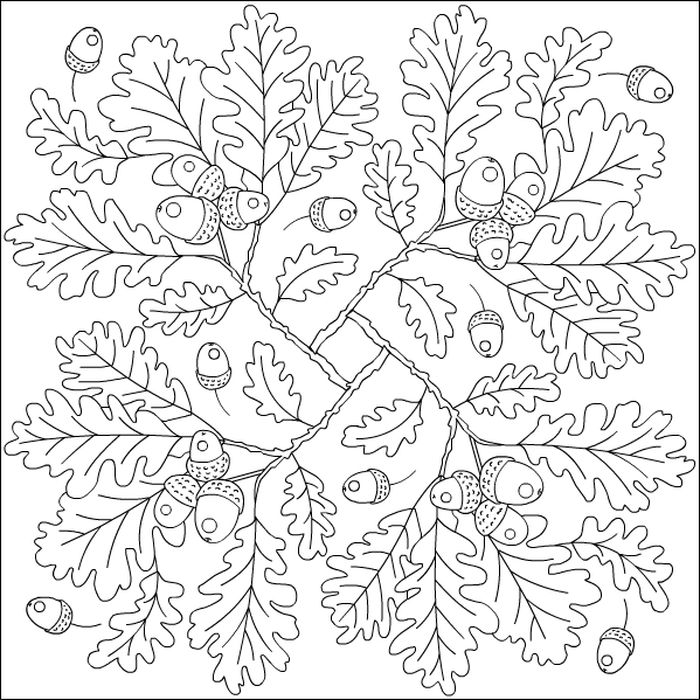

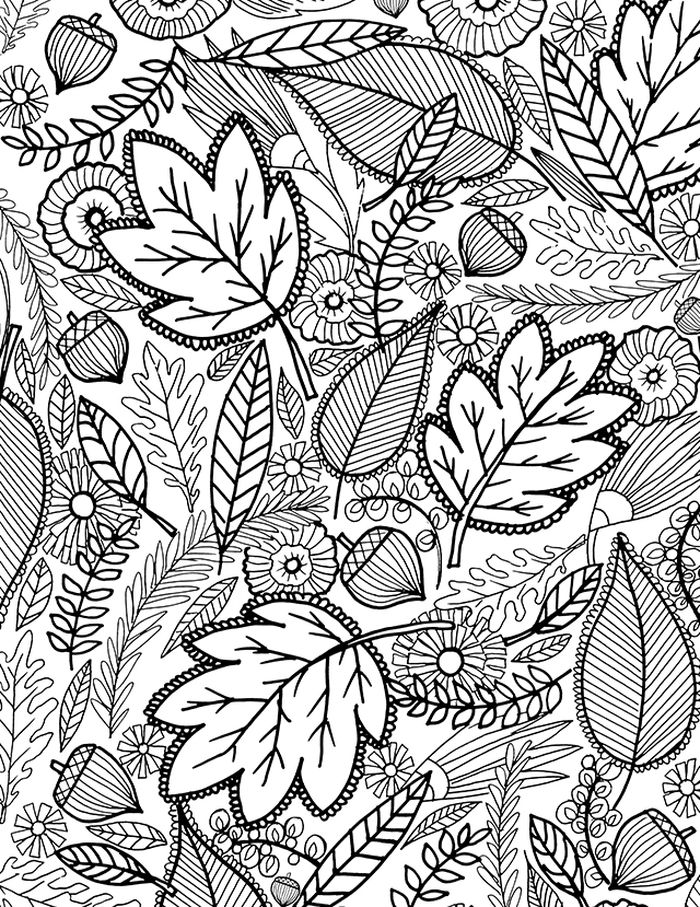

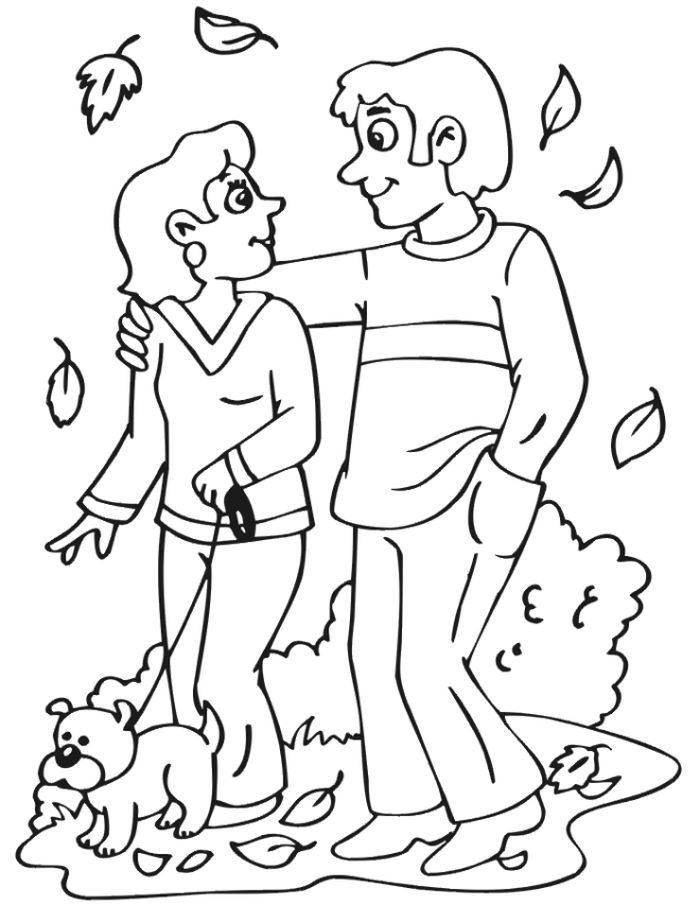
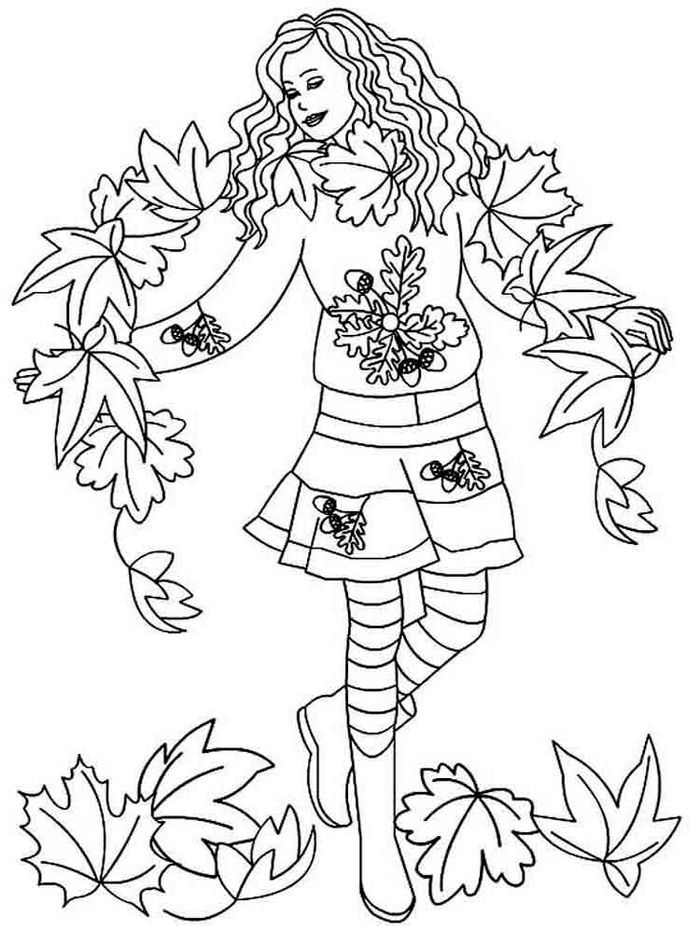
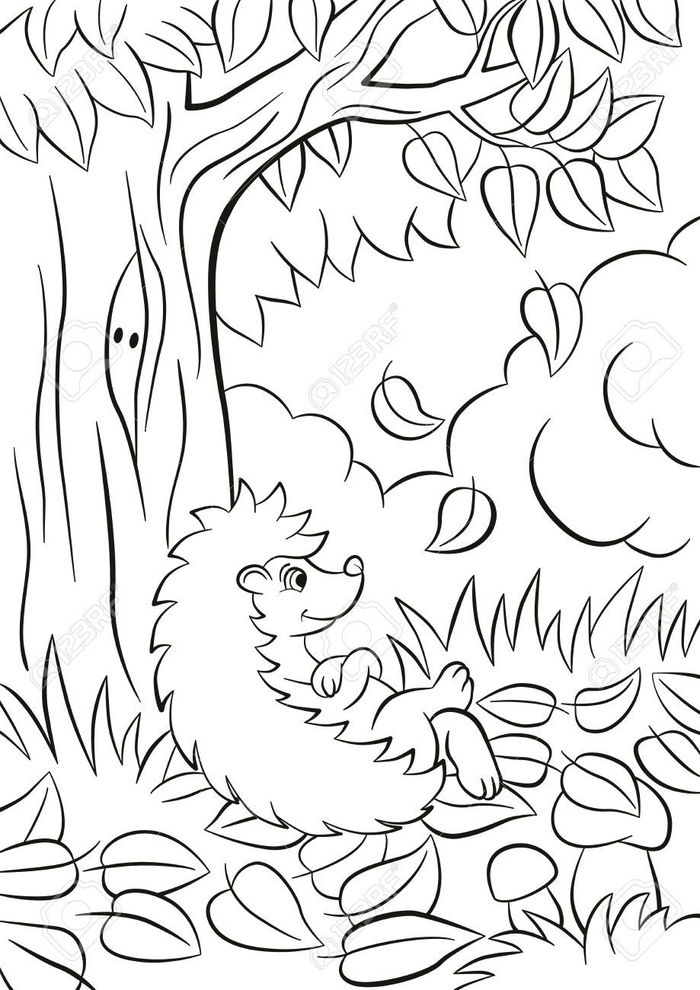
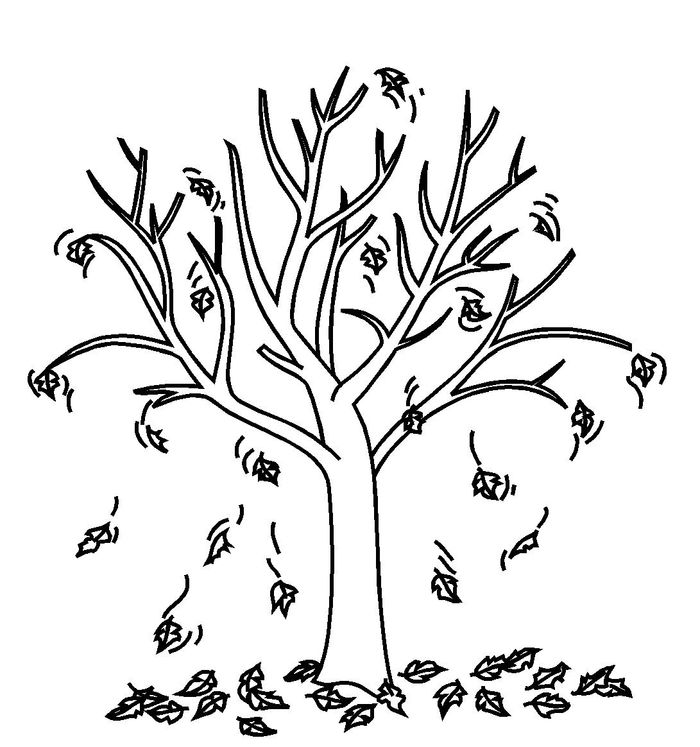

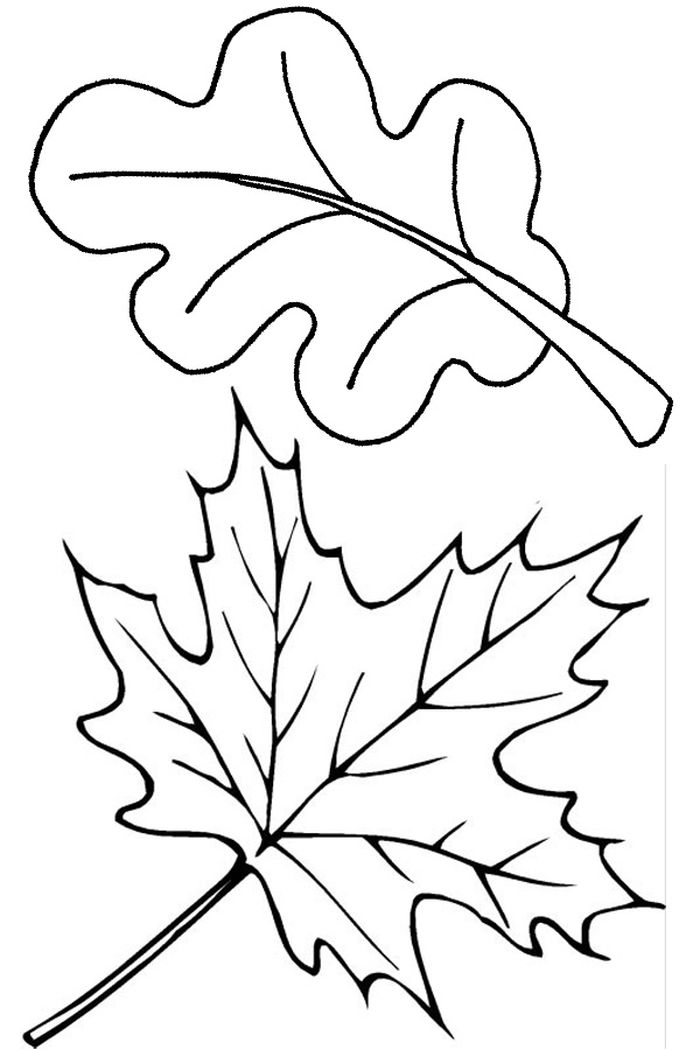
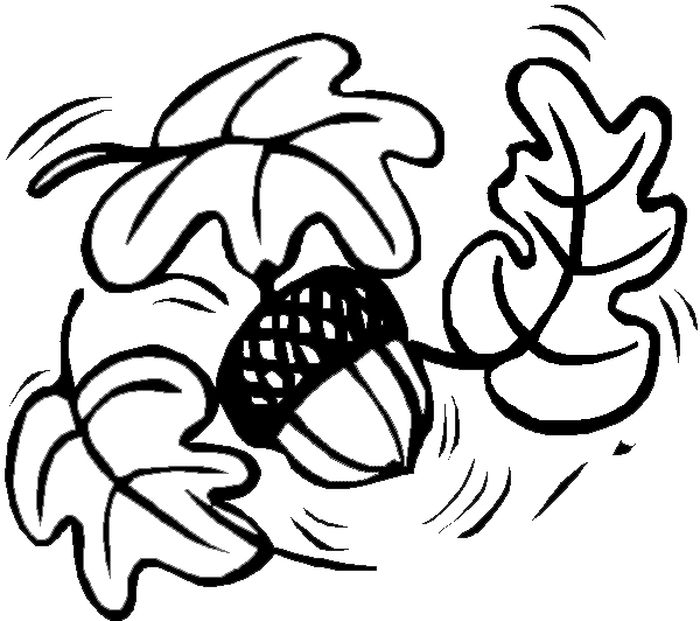


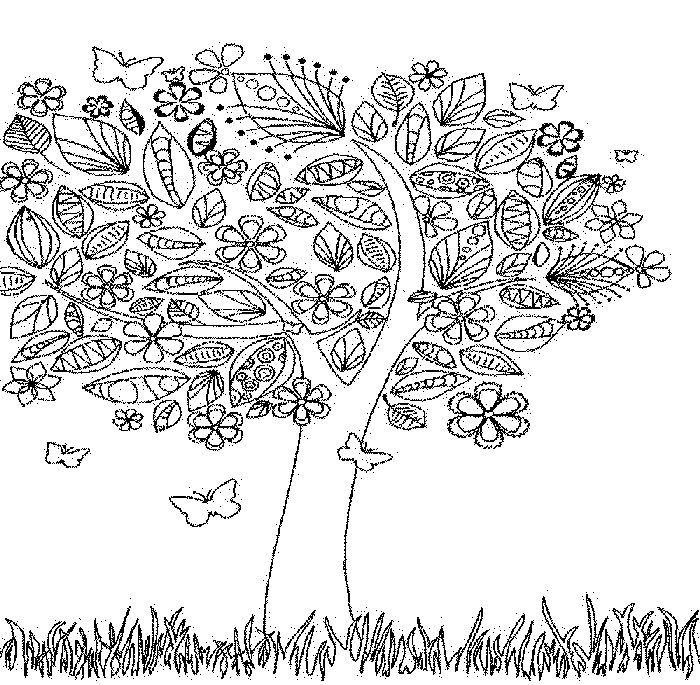
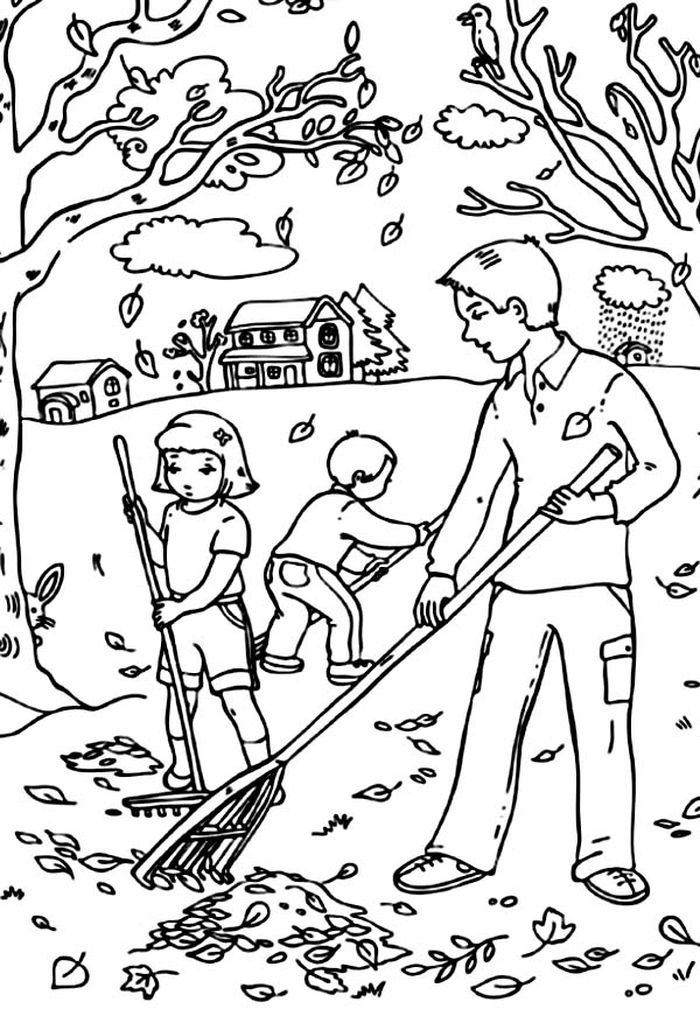

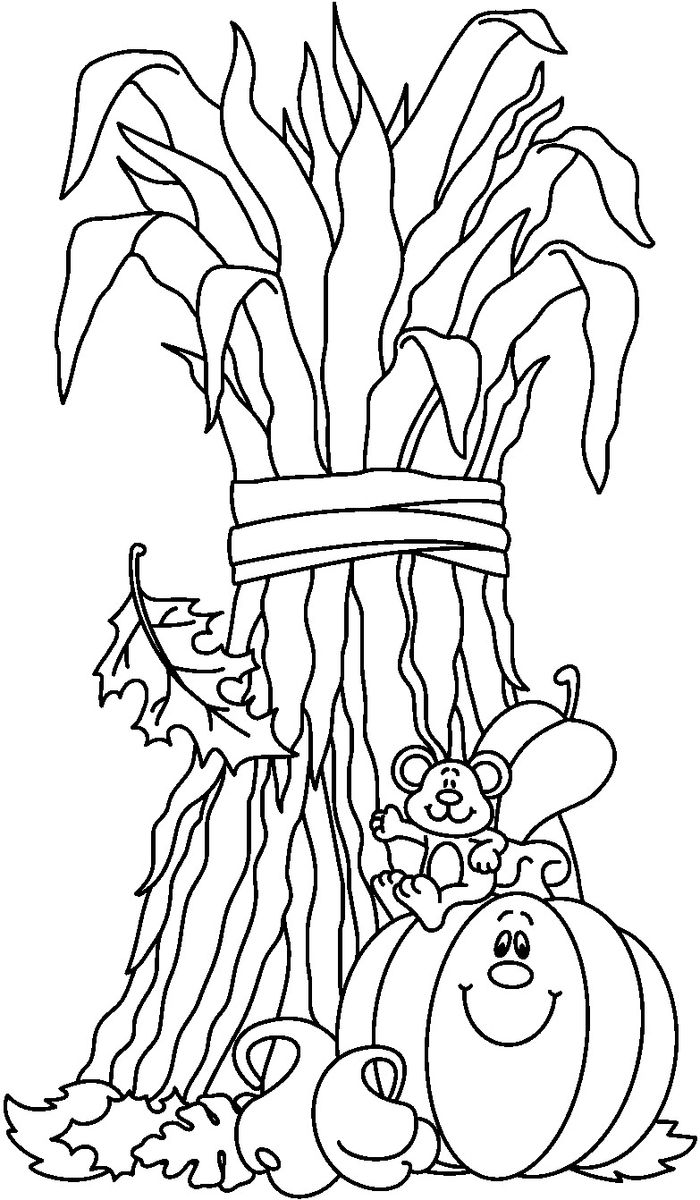
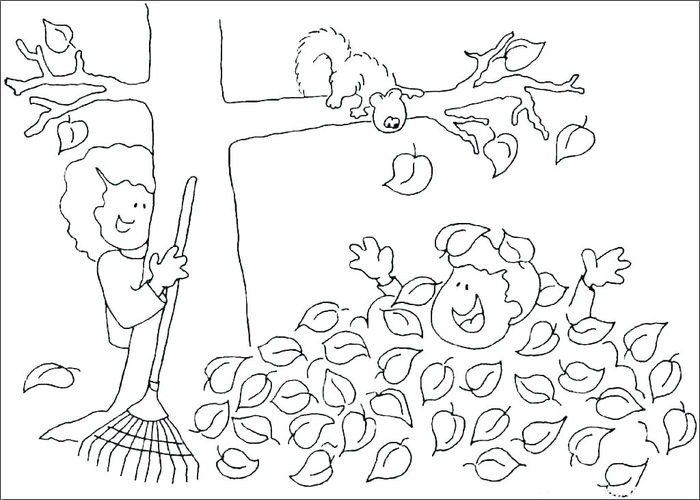
It is located between summer and winter. From this season, the temperatures start to get colder.
The season begins with the autumn equinox (20 or 21 March in the Southern Hemisphere and 22 and 23 September in the Northern Hemisphere).
It ends with the winter solstice (around 21 June in the Southern Hemisphere and 21 December in the Northern Hemisphere.
The full months of September, October, and November in the northern hemisphere and March, April, and May in the southern hemisphere are sometimes considered.
Every year the trees during this season lose their leaves, its explanation lies in the fact that the leaves that grow on the trees in spring and summer, produce food for the plant itself, but also waste that they accumulate as they get older and that they keep until autumn.
The plant removes from the leaves all the substances that serve it. In exchange, it provides them with all its waste, causing the green leaves to turn yellow and brown, and when they no longer have any nutritive substances to take from them, they produce a resin that blocks and makes their stems weaken so that they naturally fall off the trees.
When the leaves become more discolored than usual, a natural process during the autumn or winter season, the plant prepares itself for the coldest period of the year, reduces its need for food to the maximum, and for this purpose, it sheds all that it does not need.
The transit season between summer and winter forces the body to make a series of adaptations. The body has to prepare itself for the drop in temperature by consuming more energy than the brain’s thermal regulation center requires.
This higher energy expenditure is one of the factors that influence the decrease in the capacity of defense against germs.
